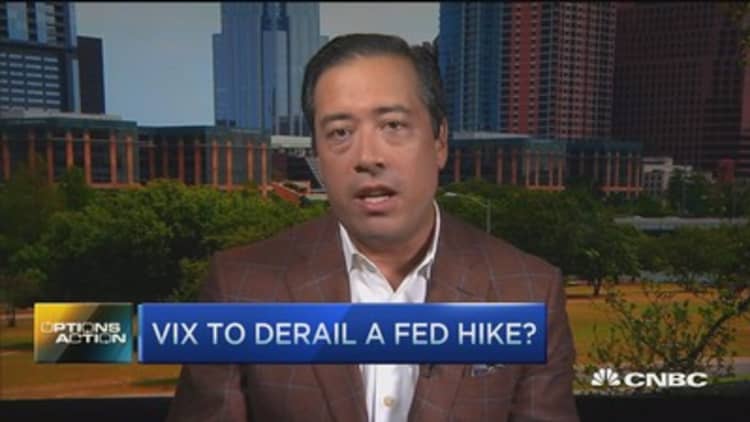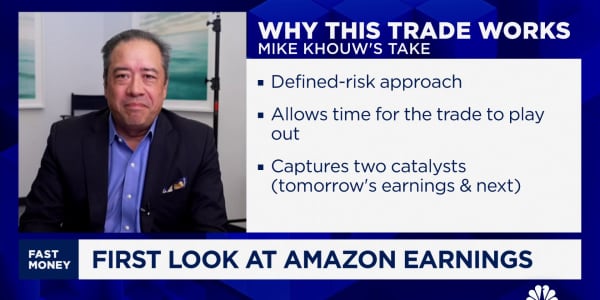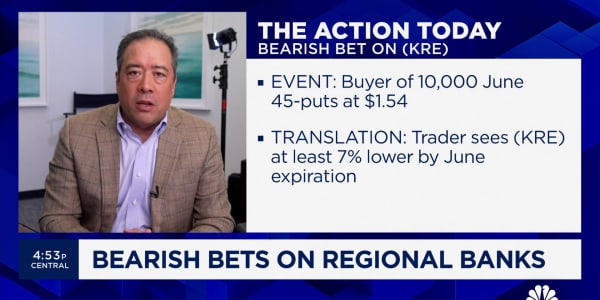
The surge in volatility has much of Wall Street running for cover.
The CBOE Volatility Index, referred to as the , soared above 30 on Tuesday as the market saw its worst start to September in 13 years—the S&P 500 and Jones Industrial average each fell 3 percent.If history is any indication, a high VIX could keep the Fed on the sidelines when it comes to raising rates this year.
"No Fed funds hike has ever occurred with the VIX above 24.34," options strategist Mike Khouw said Tuesday on CNBC's "Fast Money." Khouw noted that since 1990, the highest the VIX has ever been when the Fed initiated a cycle of rate hikes was 21.09 in June 1999.
Aside from 1999, the VIX was at 15 when the Fed began tightening in February 1994, and 14 in June 2004. Many market watchers have been expecting the Fed to raise rates as soon as September.
Sometimes called the fear gauge, the VIX measures prices for puts and calls on the S&P 500. As the market has sold off, investors have clamped to buy protection in the form of put contracts. But as the market turmoil continues with little clues as to when it could stop, the options market is implying that the VIX could stay above at least 20 for the next couple of weeks.
"We saw more than 80,000 puts get sold in VIX options on Tuesday," Khouw said. This means options traders believes a return below the 19 level in the VIX could be highly unlikely.
Read More Only the Fed can crash Wall Street
But some options watchers think the VIX could remain high for some time. "Unlike the inverted V-shaped outcomes of recent years that corresponded to short and shallow equity market pullbacks and sharp upward recoveries, events of this magnitude are more similar to shocks in May 2010 and August 2011," said Jim Strugger, head of derivatives strategy at MKM Partners.
And after the initial VIX surge, Strugger said, it typically takes up to five months to decline below 20, and more than six months for the S&P 500 to return to its highs.






